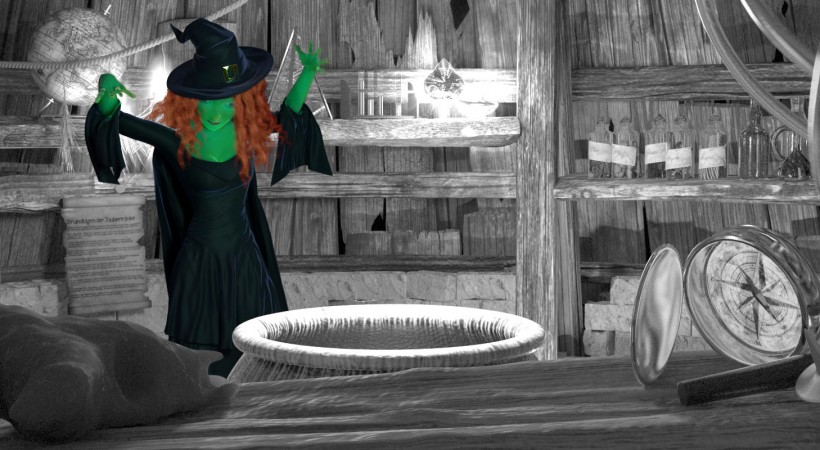A few months ago, I took a closer look at maya’s nucleus. I learned a lot and I thought it would be a good idea to write everything down. This is not intended to be a step by step tutorial and I’m not going to discuss every single parameter. I just wanted to throw together all the “wow, now I got it!” moments and I hope that this is maybe a good starting point, if you are new to maya’s nucleus (or ncloth in particular).
I found that there are some very important things that needs to be done – no matter what you are trying to achieve – before hitting play. These are:
1. set space scale
2. increase substeps
3. make sure your mesh is dense enough and your vertices are evenly distributed
1. If you have modeled everything in maya standard units (1 unit = 1 cm) than it’s important to set your space scale to 0.01! This makes sure that your gravity behaves as expected. You also have to set your lift to 0.0001 in your ncloth attributes.
2. You have to increase your substeps by a fair bit. 10 at least and max collision iterations to 15 or higher. It’s a bad idea to test your cloth behavior with low settings and increase it afterwards. Higher substeps are not only improving your solver quality, they are also changing the behavoir of your cloth! This is very important to keep in mind. You can, however, set your links to object space. This makes your cloth less prone if you change the substeps.
3. There needs to be enough vertices ncloth can push around. Don’t be too stingy here, a high density mesh is the only way to get all those nice little wrinkles. Enabling the display smooth (pressing 3 on your keyboard) is a great trick to enhance details by a fair bit without affecting simulation time. But of course the smoothing afterwards can’t invent details if they aren’t there. Your collision mesh should be dense enough, too. Otherwise the topology becomes visible through your highres cloth mesh.
Last but not least, make sure your vertices are evenly distributed. If your self collision is set to vertex mode, there are small collision spheres around each vertex, and it’s difficult to set the right size for those, if some already intersect and some still are pretty far away from each other. This will have an unpredictable effect on your collisions and your wrinkles.
I found that these are the most important things to consider, before starting to design a new cloth. There are a lot of other things I discovered while working with nCloth. I hope I’ll find some time to write another blog post soon. smile
This is something I’m currently working on… Stay tuned!
Happy simulating!

Leave a Reply